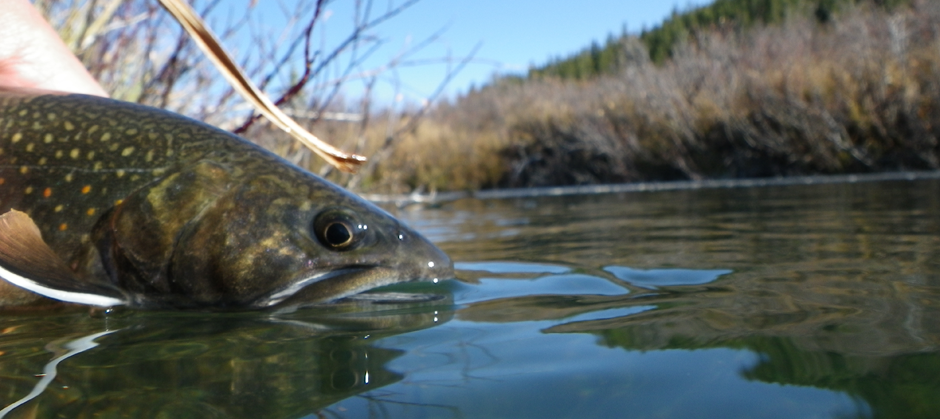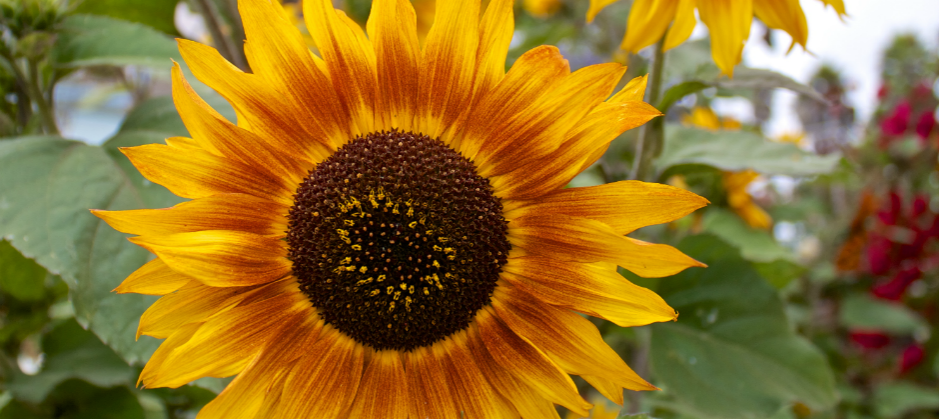Sockeye salmon return to BC in record numbers after last year’s disappearing act
/* Style Definitions */ table.MsoNormalTable {mso-style-name:”Table Normal”; mso-tstyle-rowband-size:0; mso-tstyle-colband-size:0; mso-style-noshow:yes; mso-style-priority:99; mso-style-qformat:yes; mso-style-parent:””; mso-padding-alt:0in 5.4pt 0in 5.4pt; mso-para-margin-top:0in; mso-para-margin-right:0in; mso-para-margin-bottom:10.0pt; mso-para-margin-left:0in; line-height:115%; mso-pagination:widow-orphan; font-size:11.0pt; font-family:”Calibri”,”sans-serif”; mso-ascii-font-family:Calibri; mso-ascii-theme-font:minor-latin; mso-hansi-font-family:Calibri; mso-hansi-theme-font:minor-latin; mso-fareast-language:EN-US;} The succulent orange-fleshed sockeye salmon is a prized meat and a popular dish to many, and a cornerstone of the North American commercial fishing industry. Last year, a dramatic decline in sockeye salmon in the Fraser River sparked calls for a Commission to investigate the crash. According to the Department of Fisheries and Oceans, 9 to 11 million sockeye salmon didn’t returned to the Fraser River in 2009. Now people in the Fraser Valley community of British Columbia are rejoicing, as the salmon returned in droves, hitting a record high not seen since 1913. Current estimates provided by the Pacific Salmon Commission lists the fish population at 25 million.
Sockeye salmon have been off limits to West Coast fishermen for the last four years. “This is the first year we’ve fished sockeye in four years, and we don’t expect to fish for the next three years,” said Phil Eidsvik, spokesman for the B.C. Fisheries Survival Coalition. Salmon have a four-year life cycle. They breed and rear in fresh water until they reach adulthood, then venture out to the open sea where they will grow rapidly (size ranges from 60 to 84 centimetres in length and weight can be between 2.3 to 7 kilograms). The salmon reside for at least one year and then finally return to their native fresh water homes where the cycle begins anew.
Ironically, the Cohen Commission in charge of the federal probe into last year’s decline began touring B.C. communities on August 18 and will continue to do so until October 21 to uncover ‘why sockeye salmon are disappearing’. Public hearing will start on October 25 and continue into 2011 when researchers’ final reports are due next January.
Currently experts can only speculate as to why sockeye numbers are so high this year but were so very low last year. Gail Shea, federal minister of fisheries and oceans, said “she had no idea why the numbers are so high”, but that the commission will need to take this new information into account. She also stated that, “the salmon is not gone” and that she sensed some real hope in an industry which many had feared for some time was coming to an end, “but that couldn’t be further from the truth, obviously.”




